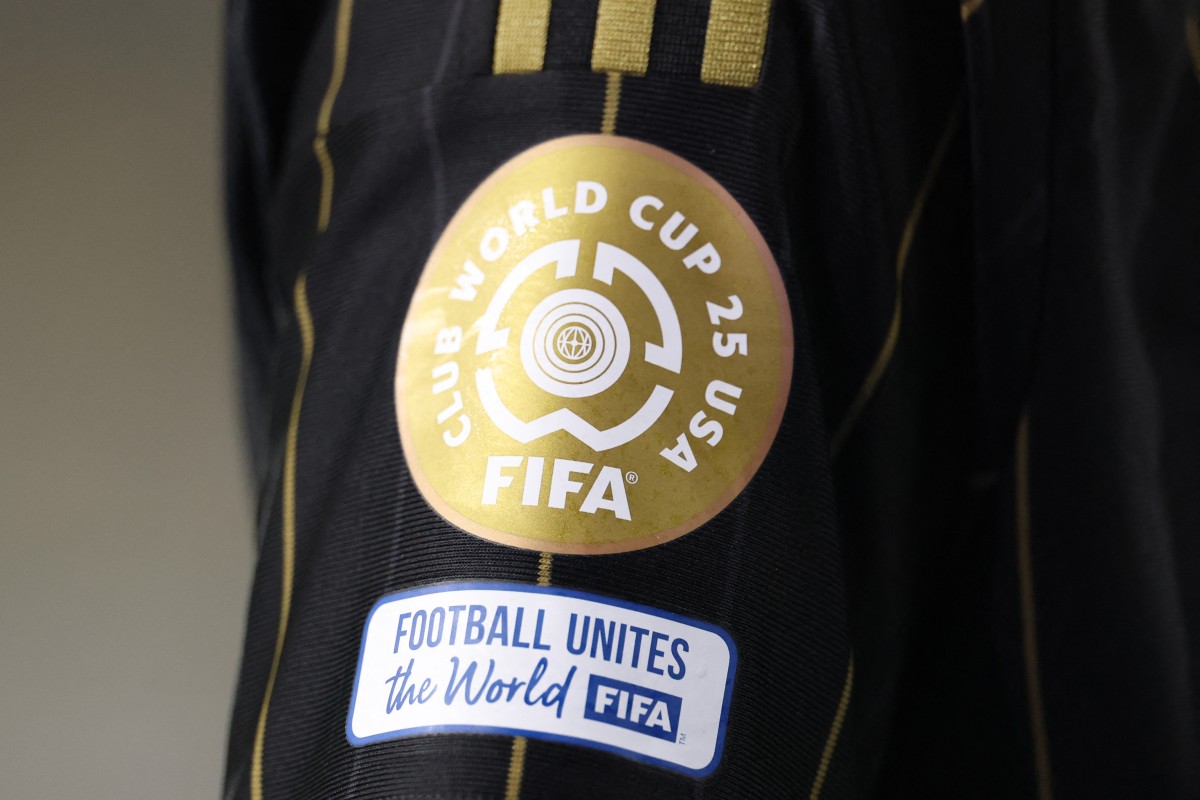
LOS ANGELES, CALIFORNIA - MAY 31: Detail of the FIFA Club World Cup 2025 and Football Unites the World badges in the Los Angeles FC jersey during the FIFA Club World Cup 2025 Play-In match between Los Angeles Football Club and Club America at BMO Stadium on May 31, 2025 in Los Angeles, California. Luke Hales/Getty Images/AFP (Photo by Luke Hales / GETTY IMAGES NORTH AMERICA / Getty Images via AFP)
Breaking: Soccer’s Popularity is Growing in the U.S._ it still lags behind established leagues like the NFL and NBA.
FIFA’s much-anticipated expanded Club World Cup is set to debut in the United States in the summer of 2025, marking a major shift in global club football. For the first time, 32 teams from six confederations will compete for the prestigious title, emulating the format of the FIFA World Cup. While the event promises high-profile matchups and increased global interest, it also faces a range of logistical and competitive challenges.
The tournament, scheduled to run across various American cities, is seen as a strategic move by FIFA to tap into the growing U.S. soccer market ahead of the 2026 World Cup. Top clubs including Real Madrid, Manchester City, and Palmeiras have already secured spots, with more elite teams expected to qualify through continental competitions and club rankings.
However, concerns loom over the tournament’s timing and impact on an already congested football calendar. Players’ unions and club managers have raised alarms about the physical toll on athletes, many of whom will come off long domestic seasons and international duty. FIFPro, the global players’ union, has criticized the lack of consultation and warned of burnout risks.
Commercially, the event presents a lucrative opportunity. FIFA aims to turn the Club World Cup into a global spectacle, drawing sponsors, broadcasters, and fans from every corner of the world. Yet, selling out stadiums and engaging U.S. audiences—traditionally more invested in American sports—remains an uphill task. While soccer’s popularity is growing in the U.S._ it still lags behind established leagues like the NFL and NBA.
There are also competitive disparities to consider. European clubs dominate global club football in terms of talent and financial resources. Critics argue that clubs from Africa, Asia, and Oceania may struggle to compete on equal footing, raising questions about the tournament’s inclusivity and balance.
Despite the hurdles, FIFA President Gianni Infantino remains optimistic. “This will be a celebration of the best clubs in the world,” he said in a recent statement. “We are committed to growing the global game and giving clubs from all continents a stage to shine.







